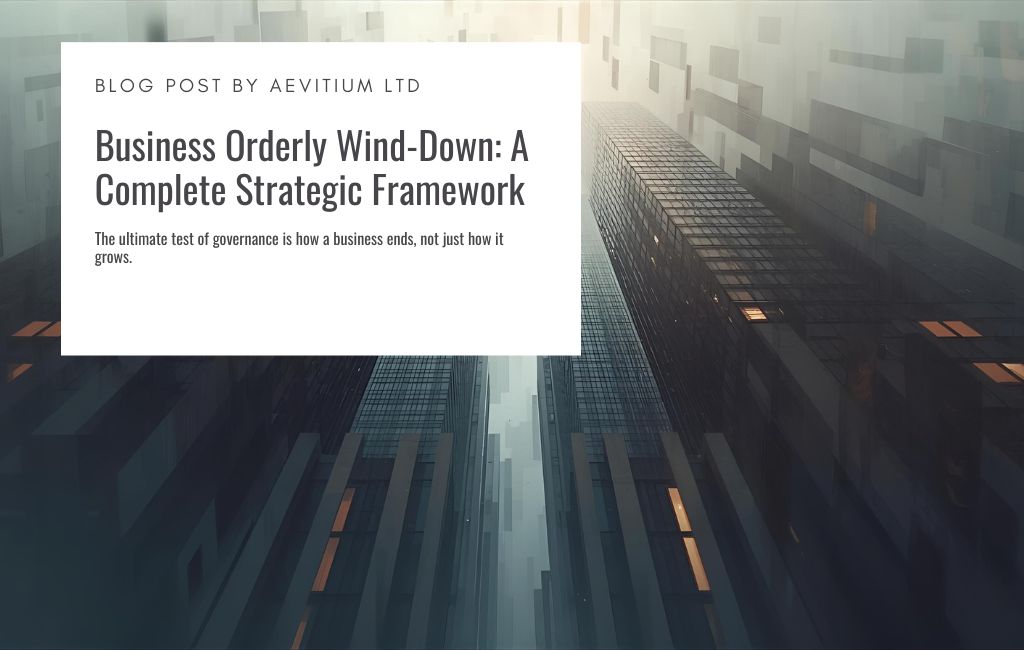Aug30

The Balanced Scorecard (BSC) has long been recognized as a powerful tool for strategic planning and performance management. The Balanced Scorecard Institute (BSI), an authority in the field, developed the 9 Steps to Success™ framework, which provides organizations with a structured approach to developing, implementing, and sustaining a balanced scorecard system. This process helps organizations translate strategy into actionable objectives, measurable performance indicators, and initiatives that drive desired outcomes.
The first step in the process involves a comprehensive assessment of the organization’s current strategic planning and performance management practices. This step includes understanding the organization’s mission, vision, values, and internal and external environment. Key questions at this stage involve determining the organization’s readiness for change, identifying stakeholders, and analyzing current strengths, weaknesses, opportunities, and threats (SWOT analysis). The assessment forms the foundation for developing a clear and actionable strategy.
With a solid understanding of the current state, the next step focuses on developing or refining the organization’s strategy. This involves clarifying the strategic vision, mission, and values. The goal is to articulate a compelling future vision, define strategic themes, and prioritize strategic objectives. These elements provide direction and ensure alignment across the organization. This step may also involve choosing where to compete (markets, customer segments) and determining how to win (value proposition and competitive advantage).
Strategic objectives are the specific goals that drive the organization’s strategy. In this step, organizations develop a strategic map. This visual representation illustrates the cause-and-effect relationships between different objectives across the four perspectives of the balanced scorecard: Financial, Customer, Internal Process, and Organisational Capability. The strategic objectives should be specific, measurable, achievable, relevant, and time-bound (SMART), aligning with the overall strategy and vision.
A strategy map is a powerful tool for communicating how the organization’s strategic objectives align and support one another. The map visually demonstrates the cause-and-effect linkages among the objectives across the four balanced scorecard perspectives. This visualization helps ensure that all team members understand their roles in achieving strategic goals. By linking objectives, the strategy map enables leaders to see how improvements in one area can impact others, helping to prioritize efforts and resources effectively.
Performance measures, or Key Performance Indicators (KPIs), are essential for monitoring progress toward strategic objectives. During this step, organizations identify and define the KPIs to track performance across the balanced scorecard’s four perspectives. Each objective should have one or more KPIs that are quantifiable, reliable, and directly related to the desired outcomes. Selecting the right KPIs is crucial, as they provide the data needed to make informed decisions, identify gaps, and take corrective actions.
Strategic initiatives are the key actions or projects that will drive progress toward achieving strategic objectives. In this step, organizations prioritize initiatives that impact strategic goals most and allocate resources accordingly. Initiatives should be carefully selected based on their potential to close performance gaps, enhance capabilities, or address critical areas identified in the strategy map. This stage also involves assigning responsibilities, defining timelines, and setting budgets for each initiative.
Automation is critical to the balanced scorecard process, especially for large organizations. Implementing automation tools, such as performance management software, can streamline the data collection, analysis, and reporting processes. Automation reduces manual effort, enhances data accuracy, and provides real-time insights into performance. This step ensures that performance information is readily available to stakeholders, enabling timely decision-making and allowing organizations to adapt to changing circumstances.
Cascading the balanced scorecard involves translating high-level strategic objectives into more detailed objectives, measures, and initiatives at different levels of the organization. This step ensures alignment across all units and departments, creating a clear line of sight from individual performance to the overall organizational strategy. Cascading helps build engagement and ownership at every level, empowering employees to see how their roles contribute to the broader strategic goals.
The final step focuses on continuously monitoring, evaluating, and refining the balanced scorecard system. This involves regular review meetings, performance assessments, and feedback loops to ensure the strategy remains relevant and practical. The organization should evaluate the results achieved against the desired outcomes, identify areas for improvement, and adjust objectives, measures, or initiatives as needed. Sustaining success requires a culture of continuous improvement, where strategic thinking and execution become ingrained in the organization’s DNA.
The 9 Steps to Success™ process by the Balanced Scorecard Institute provides a structured and comprehensive approach to strategic planning and management. By following these steps, organizations can effectively translate strategy into actionable plans, measure and monitor performance, and achieve their desired outcomes. The process helps organizations align their resources, engage their workforce, and continuously adapt to changing environments, ultimately driving sustained success.
By adhering to this systematic approach, organizations can navigate the complexities of strategy execution, ensuring that their efforts lead to meaningful and measurable progress toward their vision and goals.
Visualise Solutions helps businesses innovate and make measurable progress towards their business outcomes so their companies thrive.
Elevate your business results with expert innovation and strategy, including advanced business model innovation, effective OKR, and balanced scorecard frameworks.
You can learn more about us by contacting us now.
By Andrew Constable MBA, XPP, BSMP
Keywords: Business Strategy, Innovation, Leadership
 How to Use Your ISA Allowance Wisely Before April
How to Use Your ISA Allowance Wisely Before April How Misaligned Ecosystems Undermine Great Leaders
How Misaligned Ecosystems Undermine Great Leaders Navigating Crypto Volatility: A Hybrid Deep Learning Approach to Algorithmic Trading
Navigating Crypto Volatility: A Hybrid Deep Learning Approach to Algorithmic Trading Supply Chain Planning Pilates
Supply Chain Planning Pilates Business Orderly Wind-Down: From Compliance Obligation to Strategic Discipline
Business Orderly Wind-Down: From Compliance Obligation to Strategic Discipline